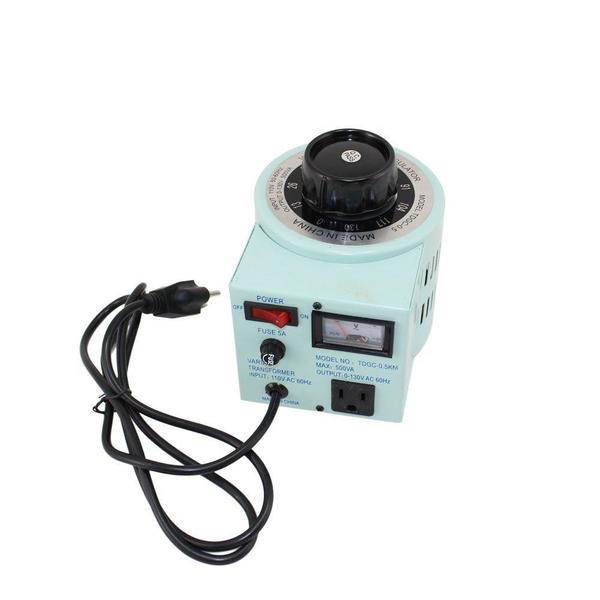Going to be setting 12 trains on 5 layout tables for a Winterfest event. One of the Promoters primary requirements is for children to be able to "Run the Trains". The trains will be primarily conventional using older transformers. Will have 3 independent transformers on each table operating 3 individual tracks. Thus affording maximum exposure for children.
Of course a major concern is keeping the kids from running the trains of the tracks, given they will have "Throttle Control". I've been considering different methods of doing this.....
1. Installing a physical device on the transformer, preventing the throttle being moved past a mechanical stop. (Least desirable.)
2. Installing a fixed resistor across the transformer output, restricting the track voltage to say 8 or 9 volts. Transformers being used are various low power transformers, 20vac, 25-30 watts. (Probably most desirable method)
3. Using a "dimmer" switch to restrict the output of the transformer. (I don't think it would be effective on the input side of the transformer.) Probably the most expensive.
Would appreciate any comments or suggestions. Thanks!














